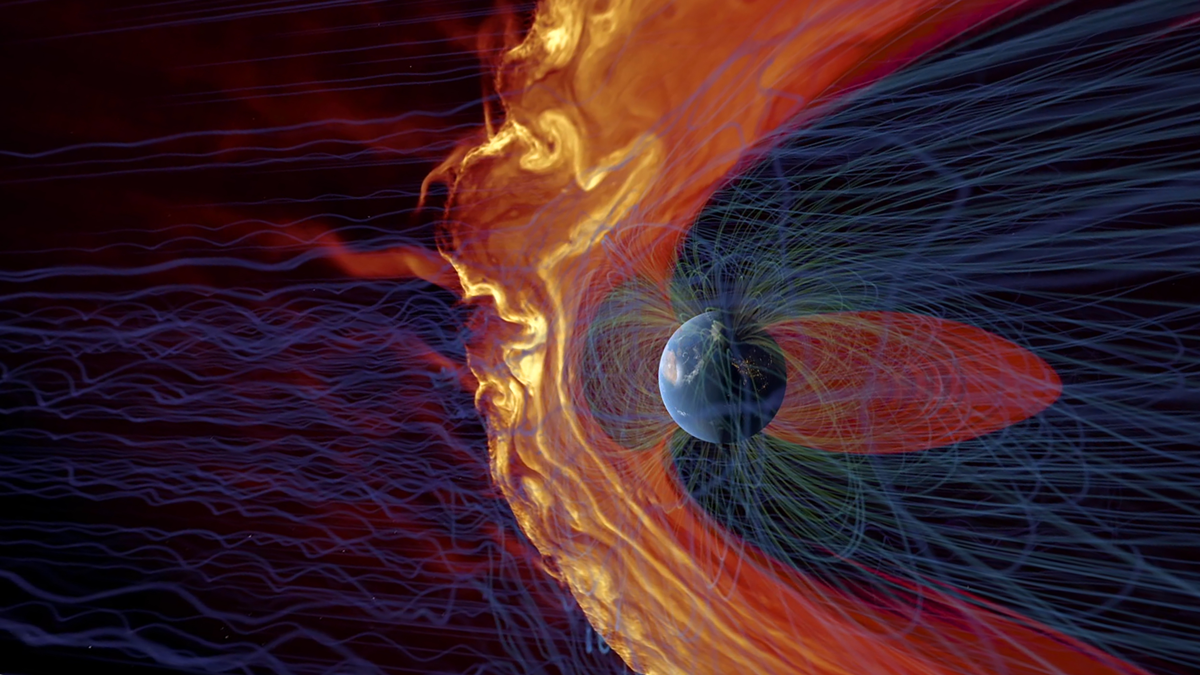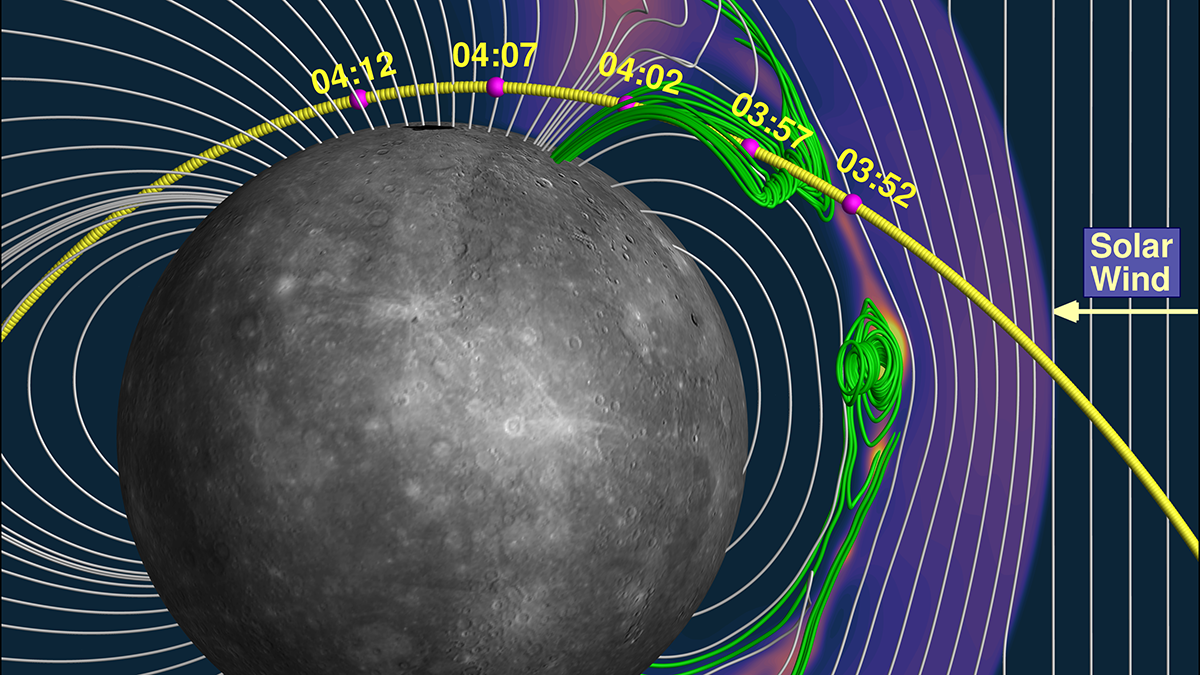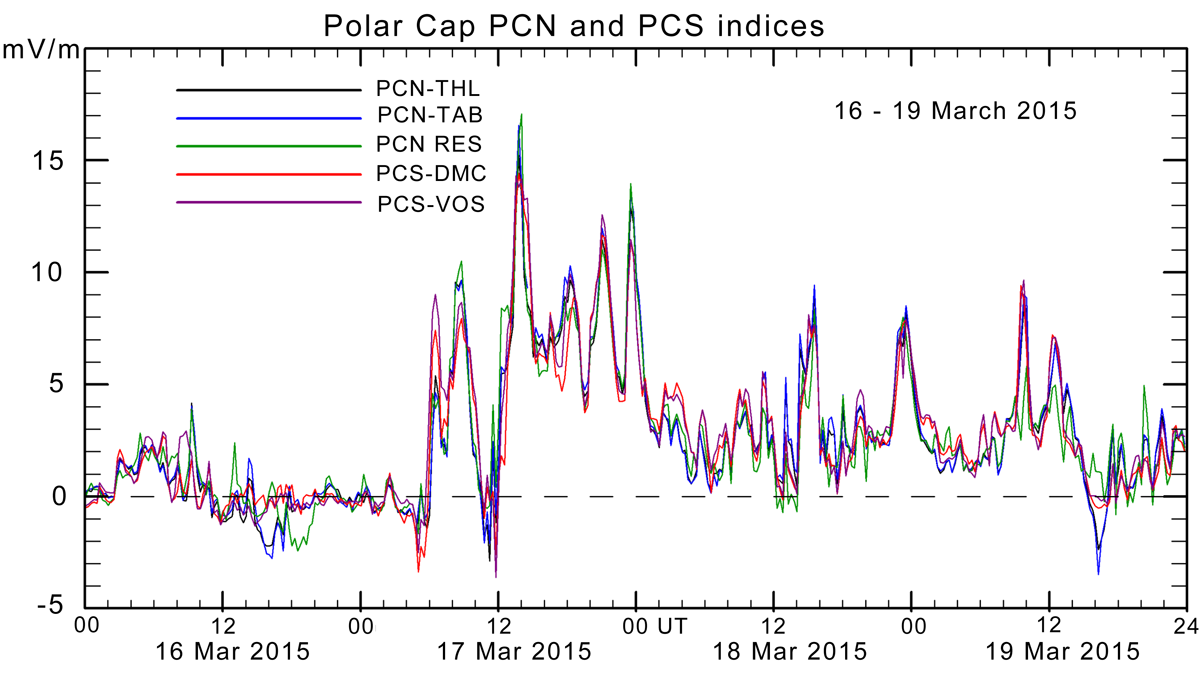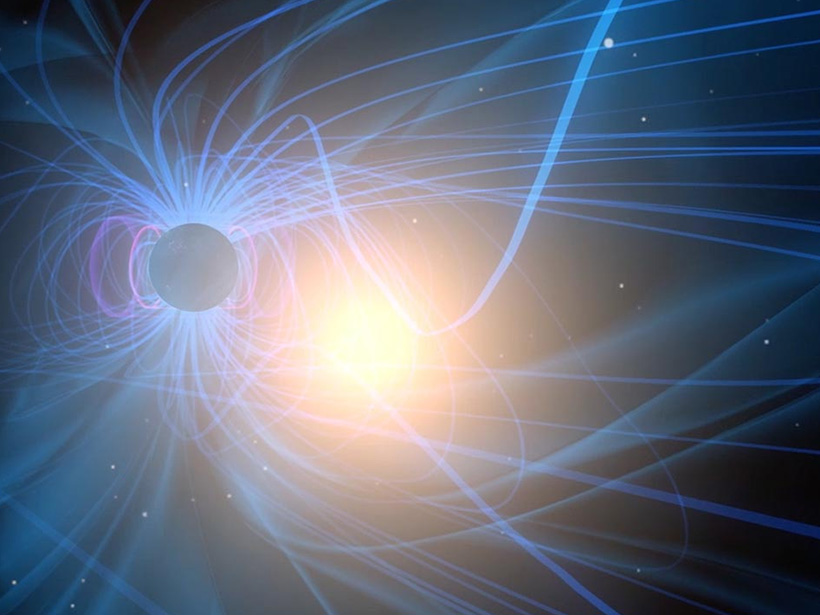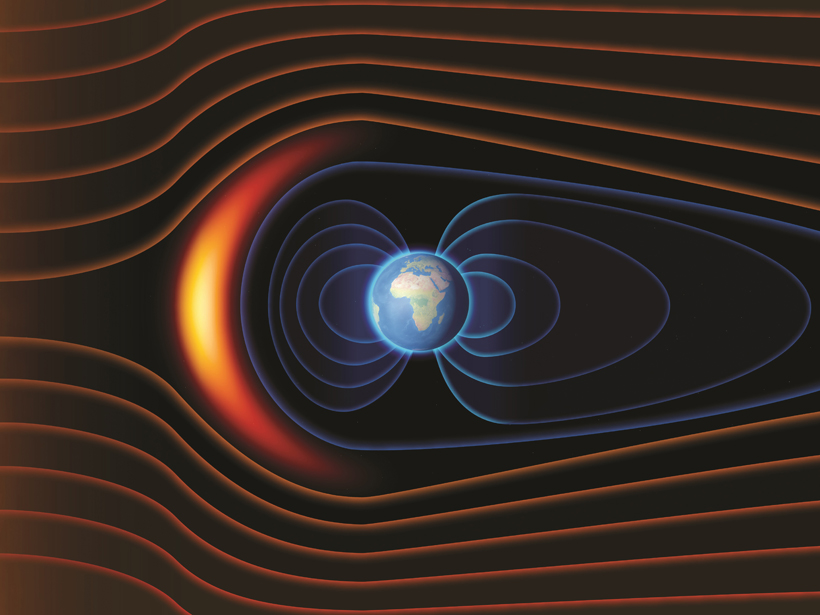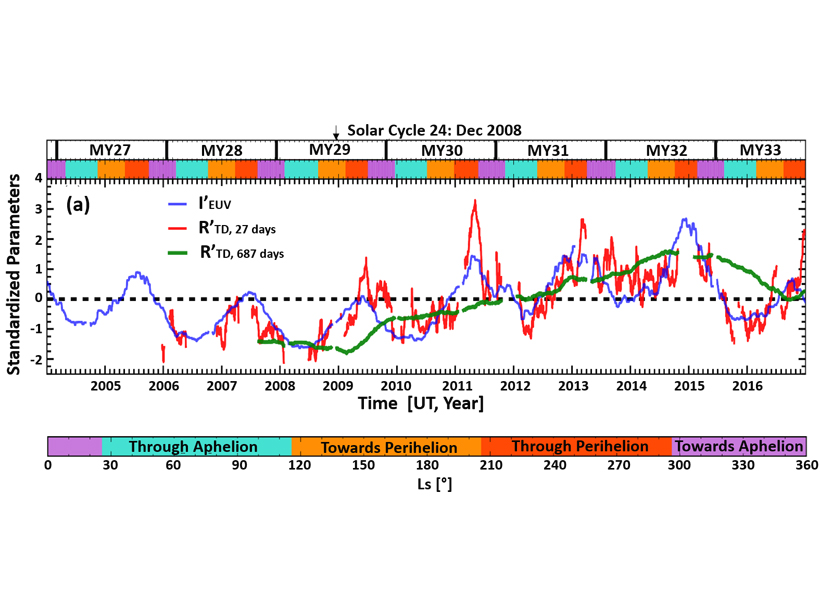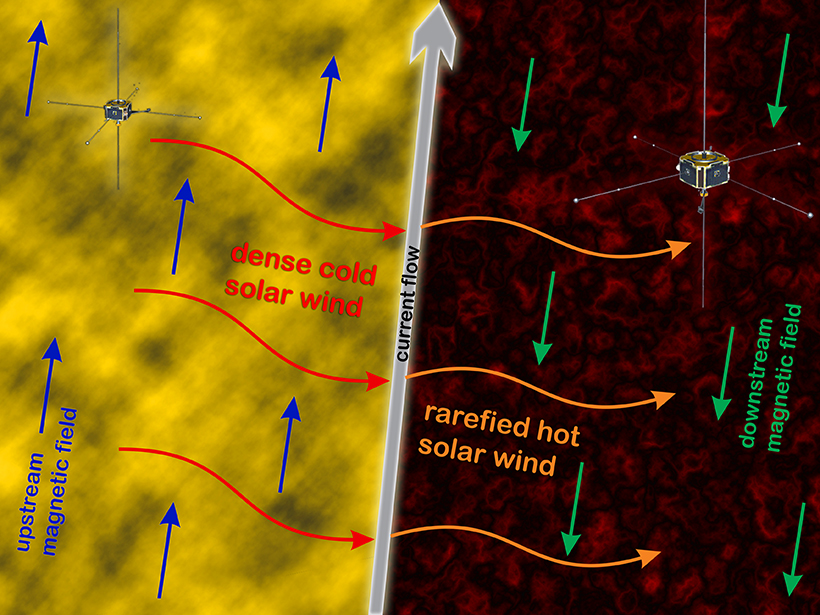Though not as damaging as extreme space weather events, showers of plasma jets hit Earth’s magnetic shield every day—yet we’re only beginning to understand their effects.
solar wind
11 Discoveries Awaiting Us at Solar Max
Each solar cycle might seem like the same old story, but one thing has changed significantly since the previous solar maximum–our technology.
A “Dam” in the Corona May Make the Solar Wind Gain Its Unusual Speeds
A new study supports the idea of a “helicity barrier” influencing the fluctuating stream of interplanetary plasma.
Solar Wind a Major Driver of Atmospheric Sodium at Mercury
MESSENGER observations show a 50% rise in atmospheric sodium-group ions during periods of high solar wind activity.
Watching the Substorms Grow
Updated procedures enable consistent use of a wide network of polar magnetometers to monitor energy flow into the tail of Earth’s magnetosphere during the growth phase of substorms.
First Solar Wind Plasma Observations from the Tianwen-1 Mission
Solar wind plasma data captured by the Tianwen-1 probe while in transit to Mars represent an important step toward a new era of cooperative Martian space exploration.
Hidden Atmospheric Particles Sculpt Near-Earth Space Environment
Charged particles escape our atmosphere following Earth’s magnetic field and constitute a main source of matter that modulates Sun-Earth interactions.
New Results Concerning Solar Wind Entry into the Magnetosphere
A new book describes recent results defining the many pathways and foreshock, bow shock, magnetosheath, and magnetopause phenomena connecting the solar wind to the dayside magnetosphere.
Solar Properties Rival for Control of Mars’s Bow Shock
While most planetary bow shocks are controlled by the solar wind, at Mars the solar EUV flux is equally important.
Understanding the Turbulent Nature of the Solar Wind
Sometimes the conditions in the solar wind can change dramatically over short distances. Satellite observations of these features show that they’re more complex than previously thought.

